Authors: Fernando Morales and Francisco Alarcon, CIMMYT
It is estimated that less than 1% of the total water on the planet is freshwater accessible to humans. Under the current scenario where climate change is leading to a more erratic and uncertain water supply, it is projected that the world will face a 40% water deficit by 2030 if the same production and consumption habits continue.
In agriculture, source of human nutrition, the water outlook is not encouraging, particularly if one considers that nearly 70% of all water extracted from rivers, lakes and aquifers is used for irrigation. Humanity’s food security, therefore, depends on the needed adoption of sustainable agri-food systems.
In Mexico, which ranks 24th in the world in terms of water stress according to the World Resources Institute, there are several examples of how agriculture can move towards sustainable production schemes, one of them being the “water balance projects” promoted by a partnership between CIMMYT and HEINEKEN, a brewery that has seven operating plants in Mexico, five of which are in water-stressed areas.
This project in particular, Cultivando un México Mejor (Growing a better Mexico) supports the adoption of sustainable innovations in barley systems and associated crops. The goal is to reduce water consumption by 15-20% among barley producers and suppliers of HEINEKEN Mexico in the state of Guanajuato, in central Mexico.
To date, the practices promoted in this project – with which HEINEKEN Mexico aims to use 100% sustainable barley by 2030 – have led to a 20% reduction in water consumption and 36% less fuel use in barley cultivation, as well as more efficient use of nitrogen (59%), an increase in soil fertility (27%) and an increase in organic matter (from 2.6 to 3.3%).
At the heart of these achievements lies the work realized to strengthen farmers’ capacities for implementing and adopting conservation agriculture, a specific set of sustainable agriculture practices whose basic components consist of permanent soil cover, zero or reduced tillage, and crop diversification.
Leaving residues from the previous harvest as ground cover is not a common practice in Mexico. Maintaining residues, however, can improve soil quality by providing organic matter that allows carbon sequestration, protects against erosion, conserves soil moisture, and provides shelter and food for beneficial organisms. Combined with reduced tillage and crop diversification, it offers even more opportunities for soil improvement.
The conventional practice, however, is to burn these residues, which ends up degrading the soil and polluting the environment, as large amounts of greenhouse gases are released. In this sense, “Changing the paradigm of farmers was not easy, especially because yields can be lower during the first year of implementing conservation agriculture,” says Amador Aguillón, CIMMYT’s Bajío Hub coordinator.
In addition to conservation agriculture, the project encourages proper mechanization, in many cases driving the modification or addition of accessories to farmers’ existing equipment; promotes optimal crop nutrition management, – which includes soil analysis and the use of optical sensors to determine the right amount of fertilizer; optimization of seed density; and agroecological pest management to restore the balance between harmful and beneficial insect populations.
In 2022, some 85 farmers participated in the project by implementing these sustainable practices on a total area of 1,423 hectares. In addition to optimizing water and fuel consumption, yields of these growers have increased by 15 % due to increased nitrogen use efficiency.
“This project seeks to return more than 1.6 million m3 of water to the local watershed by 2030. At the time of writing, 53% of this goal has been achieved and we plan to incorporate even more farmers into the project to reach this goal,” says Marijosse Galan, Sustainability Programs Leader for HEINEKEN Mexico.
At a critical time when climate change is creating a more erratic and uncertain water supply, exacerbating problems in already water-stressed areas and generating potential water stress in places where it does not yet occur as a recurrent phenomenon, projects such as Cultivando un México Mejor highlight the potential of sustainable agriculture for climate change mitigation and natural resource conservation, as well as the achievement of higher incomes and a better quality of life for farmers.
